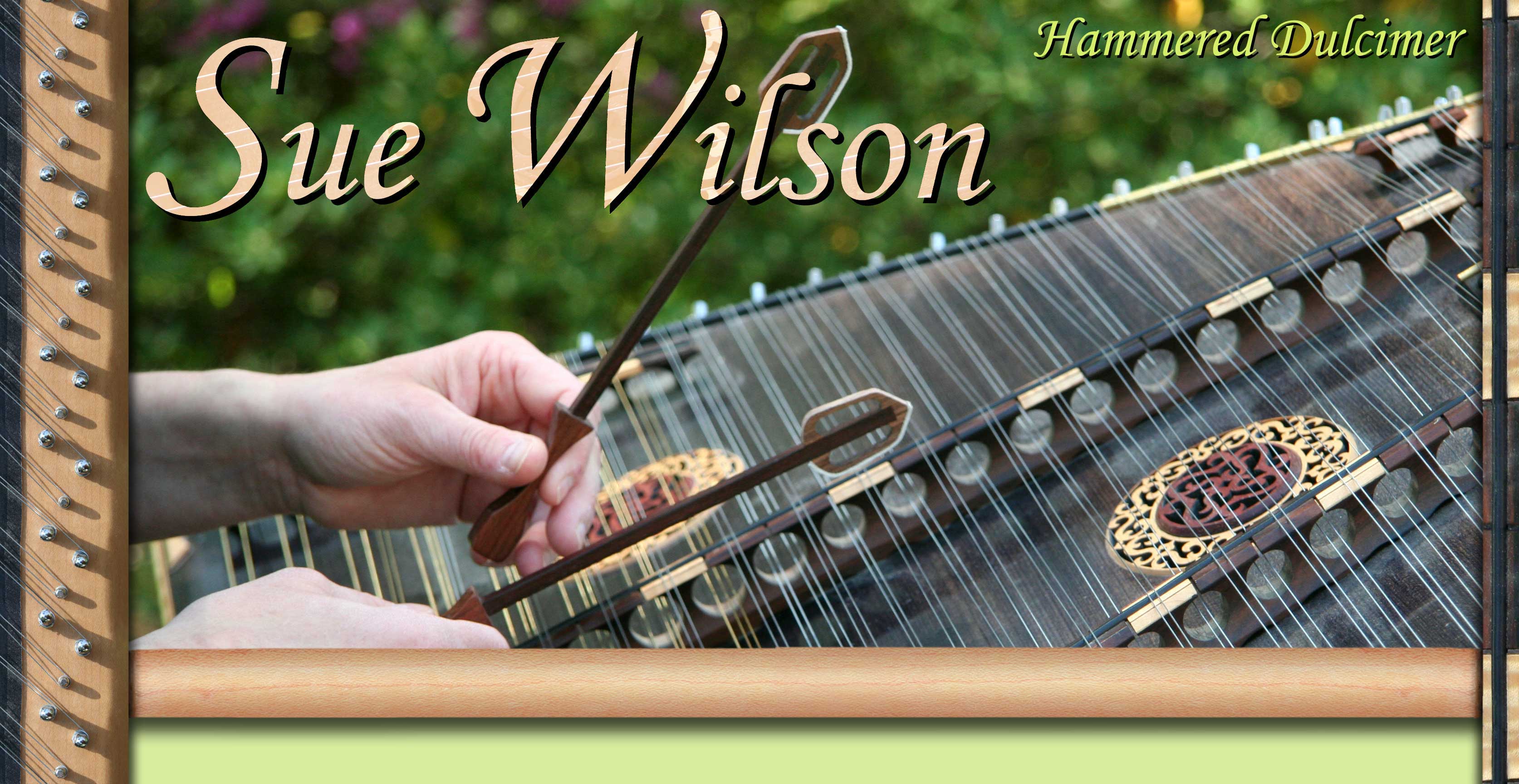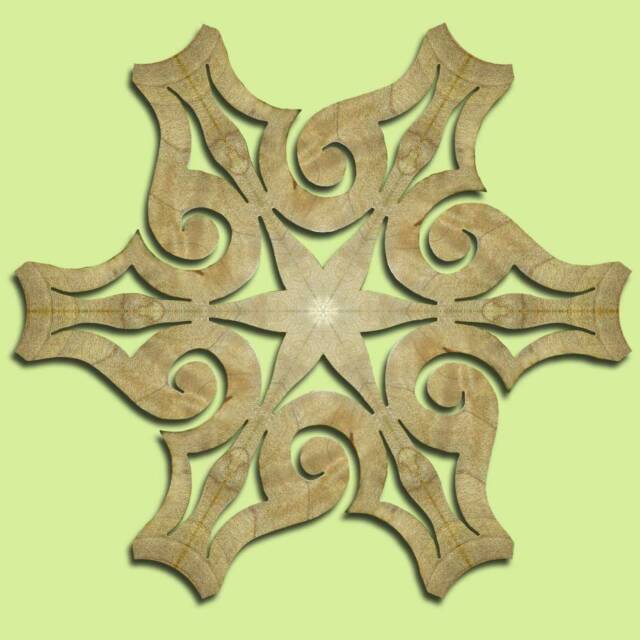What is a hammered dulcimer?
The hammered dulcimer is a stringed musical instrument with the strings stretched over a trapezoidal sounding board. Typically, the dulcimer is set on a stand, at an angle, before the musician, who holds small hammers in each hand to strike the strings. The word dulcimer is Graeco-Roman, meaning "sweet song". It derives from the Latin dulcis (sweet) and the Greek melos (song). The dulcimer's origin is uncertain, but tradition holds it was invented in Iran (Persia) some 2000 years ago, where it is called a santur.
If I'm ready to buy, where do I get a hammered dulcimer?
Hammered dulcimers have traditionally been made individually by craftsmen dedicated to the art, although today there are companies that specialize in mass production. The internet is a great place to "window shop" for an instrument (check out Dusty Strings or Masterworks), but nothing can replace the hands-on experience of playing the real thing. The premier dulcimer store in North Carolina is Song of the Wood, located in Black Mountain, NC, and owned by Jerry Reed Smith. Song of the Wood sells a wide variety of hammered dulcimers, as well as Jerry's custom-built instruments. It's worth a trip to sample a variety of models made by many different manufacturers and builders.
How do I know what to buy?
Among many decisions you will make in purchasing an instrument, a couple of questions are:
What size? It's tempting for a beginning player to purchase a 2-1/2 octave instrument, also known as a "12/11" in the dulcimer world. This size is referred to as a "student" dulcimer and will certainly get you started. If you stick with the instrument, however, you will outgrow it quickly. While you may certainly opt to go bigger, I recommend nothing smaller than a 3-octave, "15/14" instrument. If your budget allows, I would encourage you to consider a "16/15" configuration. The extra notes do make a difference. If you're not sure you're going to stick with it, consider renting an instrument instead.
New or used? As with most musical instruments, hammered dulcimers tend to sound better as they age. You may be able to get a deal on a used one, but buyer beware! Check used hammered dulcimers carefully. Look for warping or ripples in the soundboard, rough or badly finished edges, weak tones, rusty or loose strings or tuning pegs, and make sure the instrument has the ability to be tuned in standard tuning! If any of these things seem wrong, don't spend your money on it.
You should look at AND PLAY lots of different instruments. In the end, choose the one that fits your budget and sounds the best to you.






